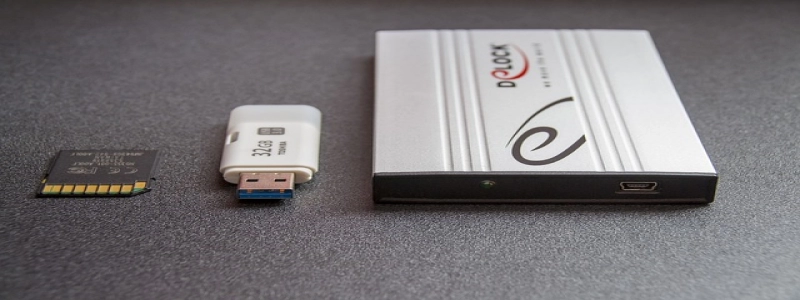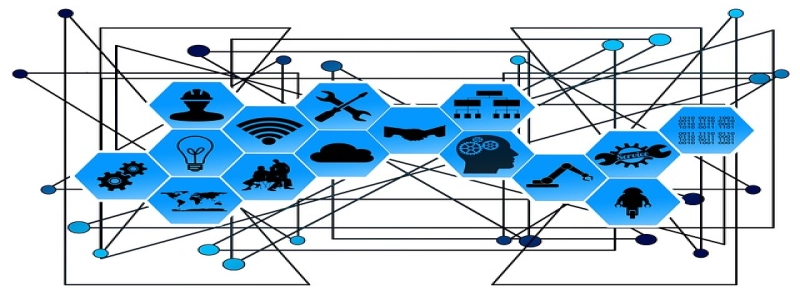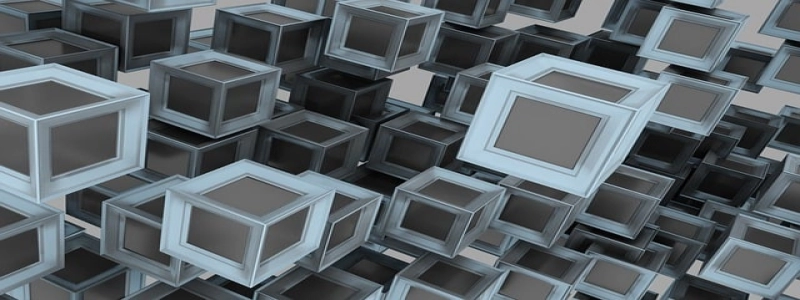How to Install Optic Fiber Cable
I. Invoering
The installation of optic fiber cable is crucial for ensuring high-speed and efficient data transmission. With its ability to transmit large amounts of data over long distances, optic fiber cables have become an integral part of our increasingly connected world. In dit artikel, we will guide you through the step-by-step process of installing optic fiber cable.
II. Preparing for Installation
1. Conduct a site survey: Before beginning the installation, it is essential to conduct a thorough site survey to determine the best route for laying the optic fiber cable. This survey will help identify any obstructions, such as existing cables or physical barriers, which may affect the installation process.
2. Obtain necessary permits: Depending on the location and jurisdiction, you may need to obtain permits or permissions from relevant authorities. Ensure you have all the necessary paperwork in place before proceeding with the installation.
III. Gathering Equipment and Materials
1. Optic fiber cable: Purchase the required length and type of optic fiber cable for your installation. Consider factors such as the transmission speed, environmental conditions, and distance to ensure the cable meets your specific requirements.
2. Cable installation tools: Gather the necessary tools, including cable cutters, strippers, fusion splicers, and cleaning tools. These tools will aid in the proper handling and termination of the optic fiber cable.
3. Safety gear: Wear appropriate safety equipment, such as gloves, safety glasses, and knee pads, to protect yourself during the installation process.
IV. Installing the Optic Fiber Cable
1. Clear the pathway: Remove any debris or obstacles along the predetermined pathway. Ensure the pathway is clear of any potential hazards to prevent damage to the cable during installation.
2. Measure and cut the cable: Measure the required length of optic fiber cable, ensuring an extra margin for terminations. Use cable cutters to cut the cable accordingly, ensuring a clean and precise cut.
3. Strip the cable: Use cable strippers to remove the outer jacket of the optic fiber cable. Take caution not to damage the inner fibers during this process.
4. Fusion splicing: If required, use a fusion splicer to join separate segments of the optic fiber cable. Follow the manufacturer’s instructions carefully to ensure a proper and secure fusion splice.
5. Install cable supports: Use appropriate cable supports, such as cable trays or ladder racks, to secure the optic fiber cable along the pathway. Ensure proper spacing and support to prevent excessive stress on the cable.
6. Terminate the cable: Use termination connectors, such as SC or LC connectors, to terminate the optic fiber cable. Follow the specific connector manufacturer’s instructions for proper termination.
V. Testing and Maintenance
1. Testing the cable: After installation, it is crucial to perform a series of tests to verify the integrity and performance of the optic fiber cable. Use an Optical Time Domain Reflectometer (OTDR) to measure characteristics such as loss and reflectance.
2. Regular maintenance: Optic fiber cables require regular maintenance to ensure optimal performance. Schedule periodic inspections to detect any potential issues, such as cable damage or loose connectors, and address them promptly.
VI. Conclusie
Installing optic fiber cable may seem daunting at first, but with careful planning and proper execution, it can be accomplished successfully. By following the step-by-step process outlined in this article, you can ensure a smooth and efficient installation, enabling high-speed and reliable data transmission.








